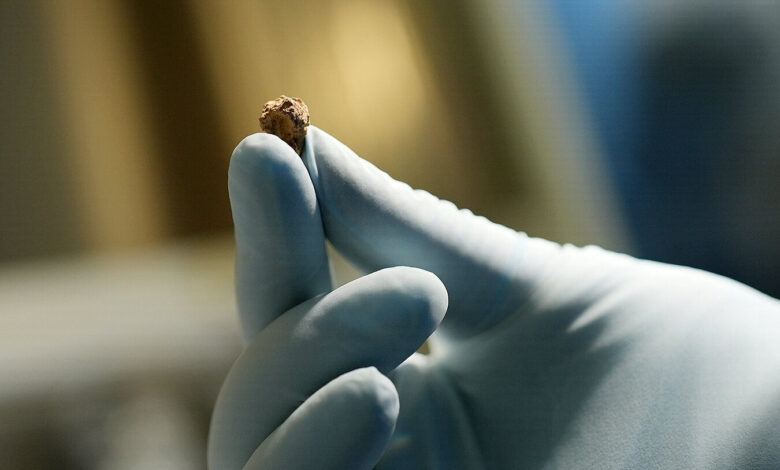
The history of human interest in cheese goes back thousands of years. Scientists have found traces of fat on seven thousand-year-old pottery, which most likely belonged to cheese. Four thousand year old Sumerian texts also mention this dairy product. But the samples from the Tarim basin are the oldest materials that scientists can confidently call cheese.
Ancient kefir cheese pieces are made from goat’s milk and cow’s milk
Dr. Fu and his team sampled cheeses around the necks of three mummies from the Tarim Basin. They chemically isolated the remaining DNA fragments and compared them to the genomes of modern-day species involved in the cheese-making process. They found traces of cow and goat DNA, which shows that the milk of both animals was used in the preparation of ancient cheese. Also, they were able to identify the DNA of the microbes responsible for the fermentation of milk into cheese.
In the discovered cheese, the researchers found species of bacteria and yeasts that, together with the milk, turn into clumps called “kefir” grains. These seeds are used to produce yogurt-like fermented kefir milk and soft and sour kefir cheese.
Identifying the microbial species that produced the ancient cheese was “really exciting,” Dr. Fu says; Because cheese production methods can provide clues about how people lived and communicated. The presence of cheese in ancient burial methods shows that these cheeses were very valuable. Also, the use of multiple sources of milk and specific bacteria indicates possible interactions between the peoples of the Tarim basin, Xiaohe and the peoples of the Eurasian steppe.









